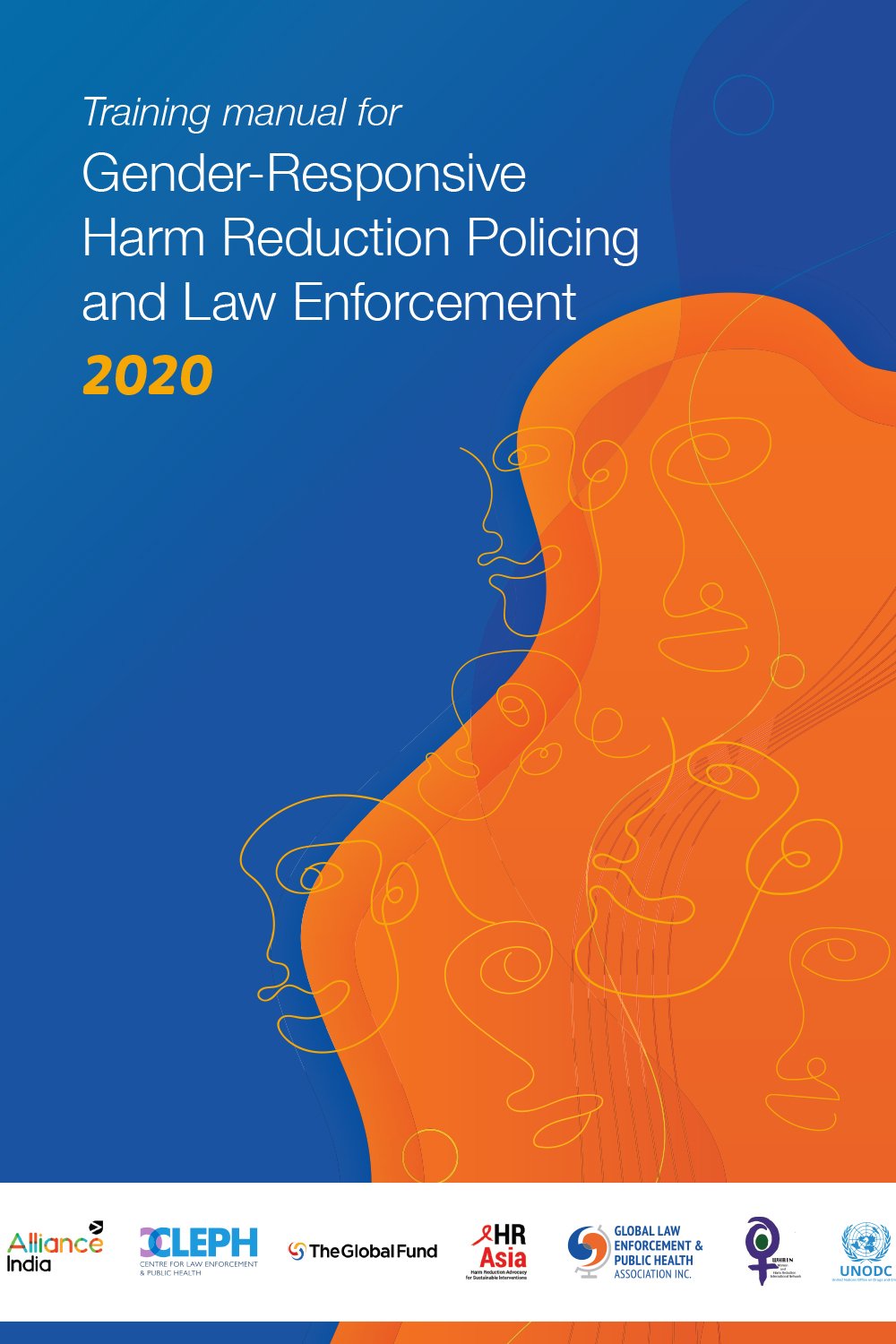Gender: Gender is about women and men, boys and girls and their relationship to each other in different groupings. Gender refers to the roles, behaviours, activities and attributes that a given society, at a given time, considers appropriate for men and women. Gender also refers to relations between groups of women and between groups of men. These roles and attributes are socially constructed and learned through socialization processes. As such, gender roles and relations are different between societies and at different points in history.
Gender analysis: This refers to careful and critical examination of how differences in gender roles, activities, needs, opportunities and rights/entitlements affect men, women, girls and boys in certain situations or contexts. A key element of gender analysis is the examination of women’s and men’s access to and control of resources—especially economic, political and knowledge resources and access to and control of time. Other important analysis factors that should be considered along with gender include age, poverty levels, ethnicity, race and culture.
Gender and sex: Gender and sex are different but interlinked. Gender is a social attribute and sex is a biological attribute where individuals are almost always clearly male or female. Society shapes and normalizes different roles and behaviours based on people’s male or female sex and these socially determined roles and relationships are referred to as gender attributes. Sexual orientation also influences the roles and behaviours of individuals and different societies treat lesbian, gay, bisexual and transsexual people with differing degrees of expectations and discrimination.
Gender blindness: This term refers to the failure to recognize that the roles and responsibilities of men/boys and women/girls are assigned to them in specific social, cultural, economic, and political contexts and backgrounds. Projects, programs, policies and attitudes which are gender blind do not take into account these different roles and diverse needs. They maintain the status quo and will not help transform the unequal structure of gender relations.
Gender equality: Equality between men and women, or gender equality, refers to the equal rights, responsibilities and opportunities of women and men, boys and girls. Equality does not mean that women and men will become the same but that their rights and opportunities will not depend on whether they were born male or female. Gender equality implies that the interests, needs and priorities of both women and men are taken into consideration, recognizing the diversity of different groups of women and men. Gender equality is not a women’s issue as it provides benefits for both men and women and is a key human right. Gender equality is also a precondition for, and indicator of, sustainable development.
